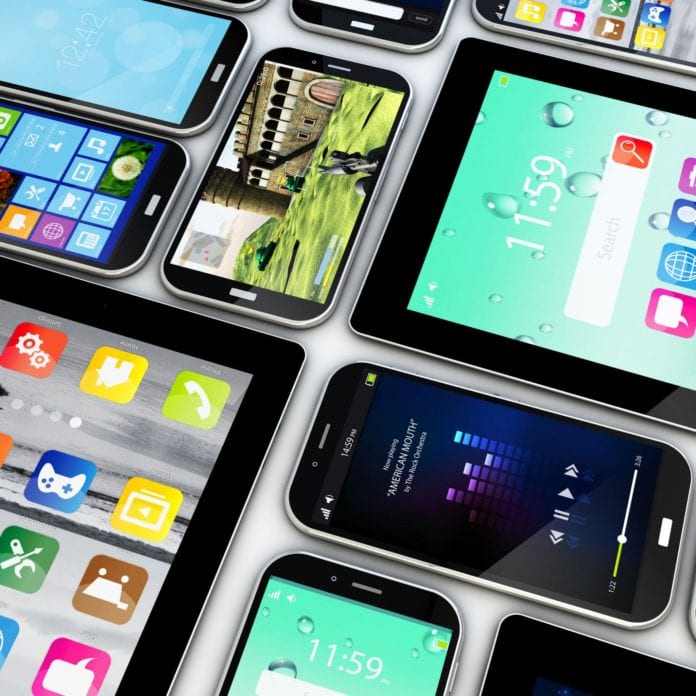Will 5G be what finally prompts smartphone owners to upgrade their devices?
In an interview at Mobile World Congress Los Angeles, Russ Ernst, executive vice president of products and technology at mobile diagnostics and data erasure company Blancco, discussed the impact of 5G on companies like Blancco, which focuses on device processing for the secondhand market.
According to the GSA, there are already around 100 announced 5G devices. While 5G networks are still in their earliest days of deployment, the introduction of a new generation of wireless technology is expected to boost the smartphone market, which has been slumping in recent years. Rising prices for flagship devices and in many cases, a lack of distinctive new features, have contributed to device upgrade rates for major carriers that have been hitting record lows in recent quarters.
Postpaid MVNO Ting Mobile declared earlier this year that “the two-year upgrade cycle is dead,” following on a survey of more than 3,600 people which found that 47% of respondent kept their mobile phone for between three to five years before upgrading — and an even higher percentage, 55%, said they expected to keep their current phone for 3-5 years before upgrading again. Eight percent of respondent kept their phones for more than five years. Meanwhile, a survey by Business Insider conducted earlier this year found that one in three U.S. iPhone users reported that they weren’t upgrading their devices due to either cost or a lack of new features.
But 5G could change that, as carriers draw customers in with promises of significantly faster speeds for those shiny, new (and expensive) devices. It could be 5G, Ernst said, that finally prompts people to dig an old device or two out of their kitchen drawers to sell or trade in so they can upgrade their smartphone to a 5G model.
Subscribe now to get the daily newsletter from RCR Wireless News
“We see this as a driver for consumers to maybe upgrade to a new device, to take advantage of the high bandwidth/ low latency advantages from 5G,” Ernst said. “So then, as consumers want to upgrade to a new high-value device, the way that they can afford those devices is by trading in old devices.”
But, he noted, in order for customers to feel comfortable doing that, they generally want two things: to know that their personal data has been properly scrubbed from their old device, and to feel confident that they’re getting the most value out of the old one.
“This is a consumer-driven industry, and consumers are very interested in the value of the device and the trust of the data on the device,” Ernst said.
Anticipating a ramp-up of devices that need to be processed as trade-ins, Blancco recently introduced a new mobile diagnostics and erasure technique that processes a device without needing to have an app installed on the device itself. Ernst said that the technique cuts the usual amount of time needed to process a device — 12 minutes — in half. In addition, the company also launched an app which relies on machine learning and artificial intelligence to assess the condition of a customer’s device, such as whether the LCD screen is cracked, so that customers have a good idea of the value they are likely to get for the device as a trade-in.
Watch the full interview with Ernst:

